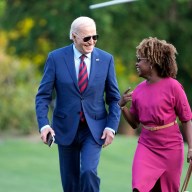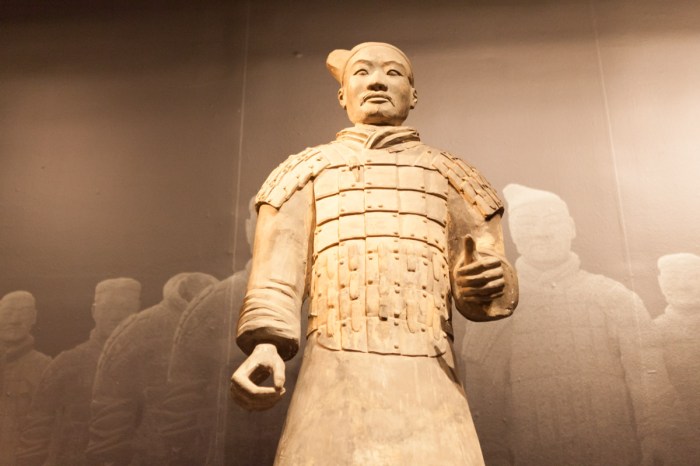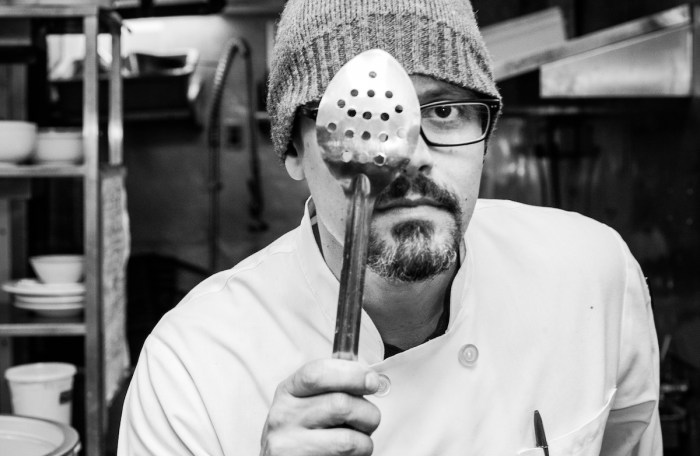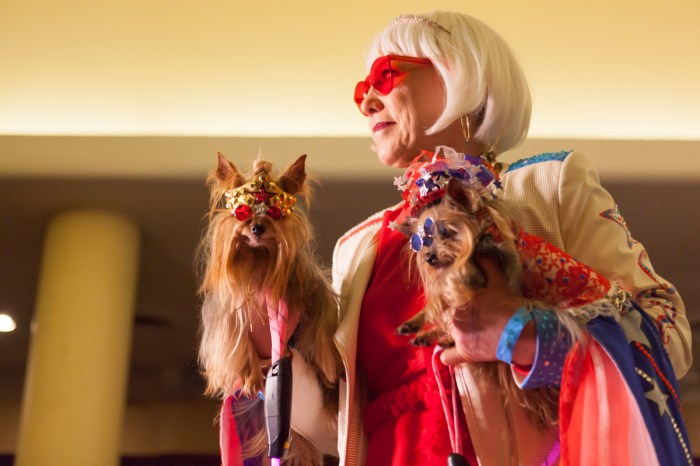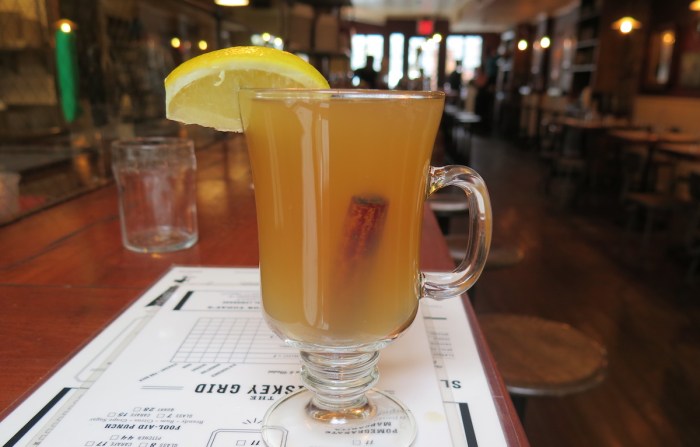Vikings are invading Times Square. Actually, if we’re being historically accurate, they would’ve been much more likely to come to 42nd Street to catch a show and maybe check out the street meat situation. “When you imagine a Viking, you often think of a specific stereotype: male, strong, beard, helmet, sword, conquering the world with a brutal mindset,” says Sophie Nyman, director of exhibitions at the Swedish History Museum, which is bringing over 500 artifacts to Discovery Times Square for its newest exhibition, Vikings, opening Feb. 5. RELATED: NYC museums visit each other for #MuseumInstaSwap challenge But that idea is a fairly modern invention. During the actual heyday of the Vikings, from 750 to about 1100 A.D., they explored, traded, settled and yes, raided, as far south as the Middle East. But over 90 percent of Vikings lived on their farms in small villages, and when they did sail out it was largely for exploration and trade. It was after an attempted invasion by Germany in 1864 that Denmark drew on the legacy of its Viking ancestors to boost its national and global prestige, beefing it up by emphasizing the conquering and their formidable longboats. Here are a few other things you probably didn’t know about Vikings from the exhibit:
While funerals at sea — putting a Viking’s body on a boat and setting it ablaze as it drifted out into the ocean — were held, many people were buried not in rectangular graves, but in ships. The exhibit illustrates how archeologists found these graves, with just the charcoal rivets that held the longboat’s boards together remaining in a perfect ghostly image of the ship. Half of the exhibit’s 500 artifacts are items that would’ve been worn, used or made by women to reflect the equality they enjoyed in Norse society. Farming and seafaring were done by both sexes (and usually entire families), and women kept the keys to homes, lockboxes and shrines, and were buried with symbolic bronze replicas. Viking women had elaborate necklaces of glass beads, wore intricate brooches and had jewelry boxes so finely crafted that modern jewelers don’t know how they could’ve been created at the time. And there were certainly men who had ornamented metalwork on their leather belts and preferred filigreed hilts on their swords. Vikings also wore richly dyed fabrics. “It was a colorful community with a lot of beautiful items,” says Nyman of the Swedish History Museum. “They were quite vain, I would say.” In Norse mythology, there were four places you could end up afterlife. Women, children and the elderly who died natural deaths went to Hel (pronounced with a longer E than Hell), which was a frozen wasteland. Their bodies would often be buried with spikes, which they could wear on their feet to get around in the afterlife. Valhalla, the highest realm, belonged only to the gods and warriors. The construction of their ships, whether it was the well known longboat or their smaller personal vessels, was incredibly hard on the environment. It took oak, pine, ash and willow trees to build the hull and masts, then horsetail for the ropes, sheep’s wool for the sails, and tar and charcoal. Deforestation has devastating effects in Ireland and Iceland, where the growing season is shorter, which forced the Vikings to learn more environmentally friendly ways to live on their land. The polytheistic Norse faith allowed its followers to choose which god to worship above all the others. Since most Vikings depended on rainfall for their crops, Thor, the god of thunder, was the most revered. But among the aristocracy, the strong father figure, Odin, enjoyed popularity. And it was for this same reason that Christianity got a foothold in Viking culture. Sailors admired Jesus’ ability to walk on water; non-warriors liked the idea of Heaven rather than being consigned to a frozen wasteland in the afterlife; and the aristocracy saw the power in giving one God glory as a way to shift toward a monarchy system. While you can’t live the conquering life without a helmet, the addition of the horns happened just as the is pure fiction. When Richard Wagner’s opera epic “The Ring of the Nibelung,” which included elements of Norse mythology, was first staged in 1876, the villainous Hunding wore a horned helmet. The association stuck, but real Vikings wore a metal helmet with no ornamentation, let alone bull horns. Vikings
Opens Feb. 5-Sept. 5
Discovery Times Square, 226 W. 44th St.
$20 and up










